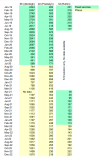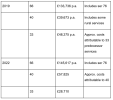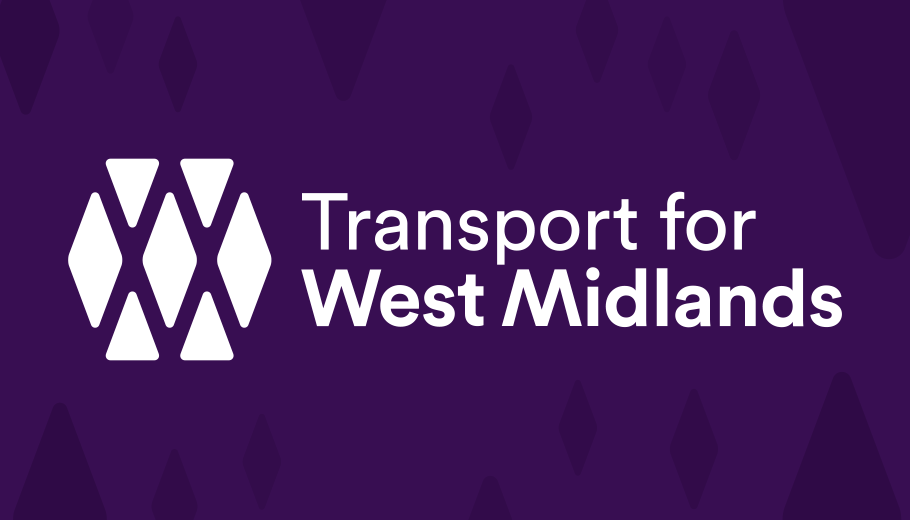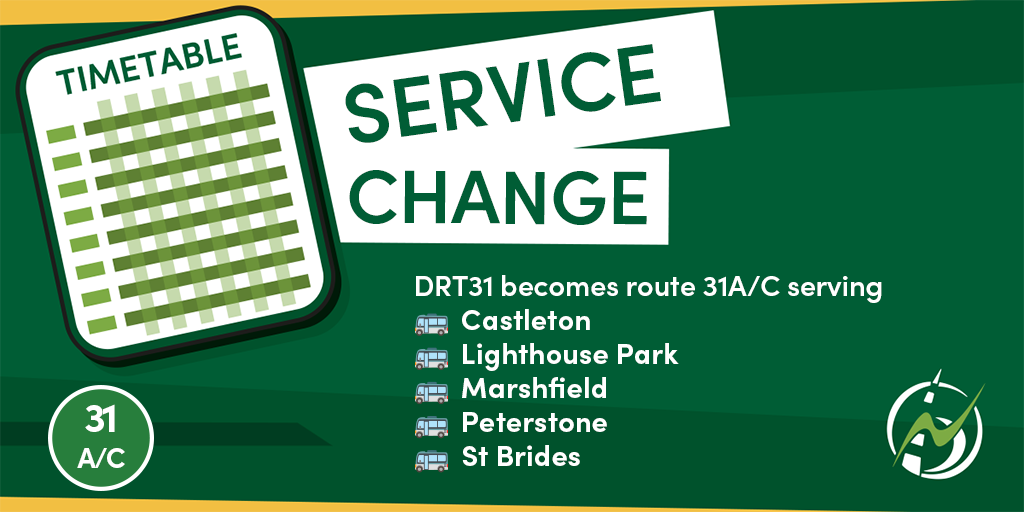Roger French has today
broken the news that the East Leeds Flexibus scheme is being proposed for closure. Actual costs are reported at £16.03 per trip, but the operator says they are losing a lot of money at the price currently contracted, and seem to think that they would need around £40 per trip to cover their costs.
The
paper to the Combined Authority Transport Committee makes for pretty devastating reading, as does the
consultants' report (from some time early in 2022). There is also an
update on the Action Plan that followed the consultants' report.
The West Yorkshire Combined Authority have spent a fraction under £3m and have now run out of money. Assuming that the committee does vote for closure, all they will have to show for the money will be seven short-range electric minibuses for which there doesn't seem to be an immediate productive use.
Key insights from this £3m scheme:
- The electric vehicles were expected to achieve a range of 100 miles but didn't achieve that even from the start. There is no mention of any contract with the supplier to guarantee the range: it rather sounds like the brochure said "100 miles range", and that was the basis for their scheme design and budgeting. And then: "This situation became significantly worse in October 2022 when regular use of heaters, light and demisters greatly reduced the battery life and mid-day charging breaks had to be introduced in order for afternoon peak journeys to be operated". Ouch.
- They didn't use established DRT software, but were apparently the first customer for "Flexiroute" software.
- Even in a suburban area with multiple vehicles, aggregation was very poor - average 1.38 passengers per trip (not clear how calculated, but note that this is individuals so a couple travelling together counts as two: not wrong, but it flatters the level of "aggregation"). A member of staff (12 hours/wk post as far as I can tell) is mentioned as having been trying to aggregate trips manually to improve the situation.
- Even with low user levels, a test suggested that they were unable to meet 16% of booking requests (so useless as a way of getting to a job, a medical appointment, an exam ...)
- They stopped taking telephone bookings because they couldn't afford enough staff
The consultants' review says (as if it is a great discovery, rather than something that should have been evident at the design stage) "For operational costs to be fully covered, it would require a growth in customers from the current 600/week to 6,333/week, a growth of 955%. ... For full costs to be covered, it would require a growth ... of 1,900%. The above levels of growth are not achievable because there is not the capacity in the service to accommodate this uplift"
My initial temptation was to conclude that this showed that DRT couldn't deliver sensible costs even in a six-vehicle, suburban deployment - but on reading the papers, it seems that the project has been delivered so badly that you can't really draw any safe conclusions from the results. (Unless you are a "small state" politician, in which case you would rub your hands with glee at another case study to support your contention that the public sector can't be trusted to spend money wisely).





